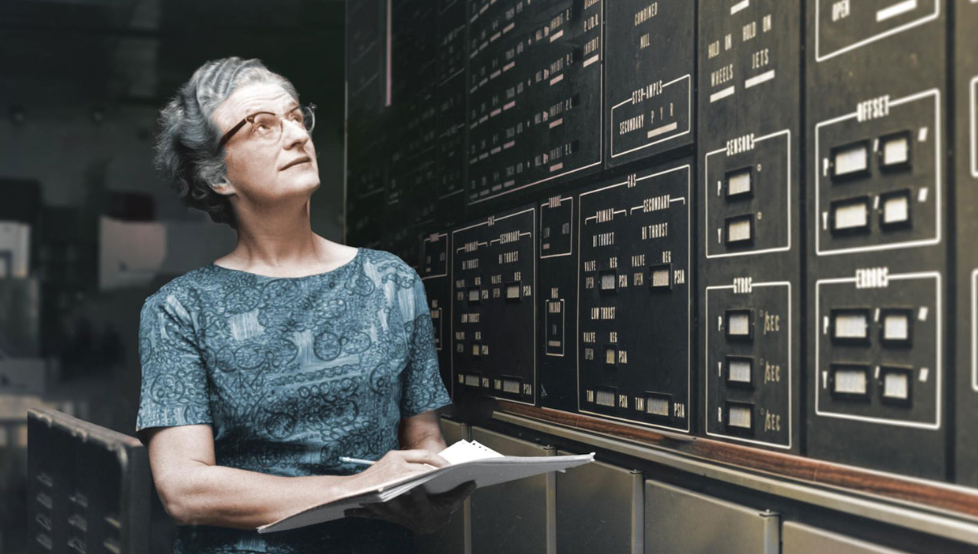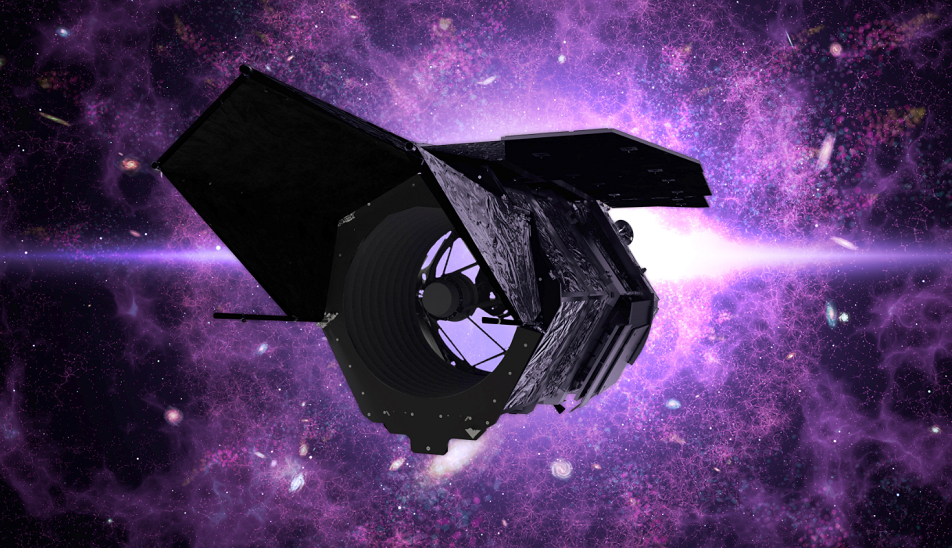New NASA telescope will be named after space agency’s first chief astronomer

Nancy Grace Roman (1925-2018), NASA’s first chief astronomer, is known as the ‘Mother of Hubble.’ In a time when women were discouraged from studying math and science, Roman became a research astronomer and was instrumental in taking NASA’s Hubble Space Telescope from an idea to reality and establishing NASA’s program of space-based astronomical observatories. In this image from the early 1970s, Dr. Roman is shown at NASA’s Goddard Space Flight Center in Greenbelt, Maryland. Image and caption credit: NASA
NASA’S first chief astronomer will be honoured with a telescope, the space agency has announced. The Nancy Grace Roman Space Telescope is currently in development and is expected to launch in the mid-2020s.
Roman was born in 1925 and became interested in space as a child, assembling an astronomy club while still in grade school.
She was repeatedly discouraged from studying science due to her gender, and told by the head of Swarthmore College’s physics department he usually dissuaded girls from majoring in physics but that she “might make it”.
Despite the barriers placed ahead of her, Roman earned a bachelor’s degree in astronomy from Swarthmore in 1946 and a doctorate from the University of Chicago in 1949.
She joined NASA in 1959, serving as the first chief of astronomy and relativity in the Office of Space Science, managing astronomy-related programs and grants.
In an interview with NASA, Roman revealed that while men generally treated her as an equal at work she had to use the prefix “Dr.” with her name.
“Otherwise, I could not get past the secretaries,” she said.

Under Roman’s leadership, NASA launched four Orbiting Astronomical Observatories between 1966 and 1972. Two were successful, and all of them furthered astrophysics research and aided in the development of the Hubble telescope.
“Above all, Roman is credited with making the Hubble Space Telescope a reality,” NASA says.
“In the mid-1960s, she set up a committee of astronomers and engineers to envision a telescope that could accomplish important scientific goals. She convinced NASA and Congress that it was a priority to launch the most powerful space telescope the world had ever seen.
Hubble turned out to be the most scientifically revolutionary space telescope of all time.”
Ed Weiler, Hubble’s chief scientist until 1998, gave Roman the nickname “the mother of the Hubble Space Telescope.”
The Roman Space Telescope will be a NASA observatory designed to settle essential questions in the areas of dark energy, exoplanets, and infrared astrophysics reads a statement on the NASA website.
The team is set to begin finalizing the mission to ensure its design will hold up under the extreme conditions experienced during launch and while in space.
“Nancy Grace Roman was a leader and advocate whose dedication contributed to NASA seriously pursuing the field of astrophysics and taking it to new heights,” said Thomas Zurbuchen, NASA’s associate administrator for science, in a statement.
“Her name deserves a place in the heavens she studied and opened for so many.”
Roman died on Dec. 26, 2018, at the age of 93.
In 2017, she sat down with NASA for a series of interviews about her career, which can be accessed here.
